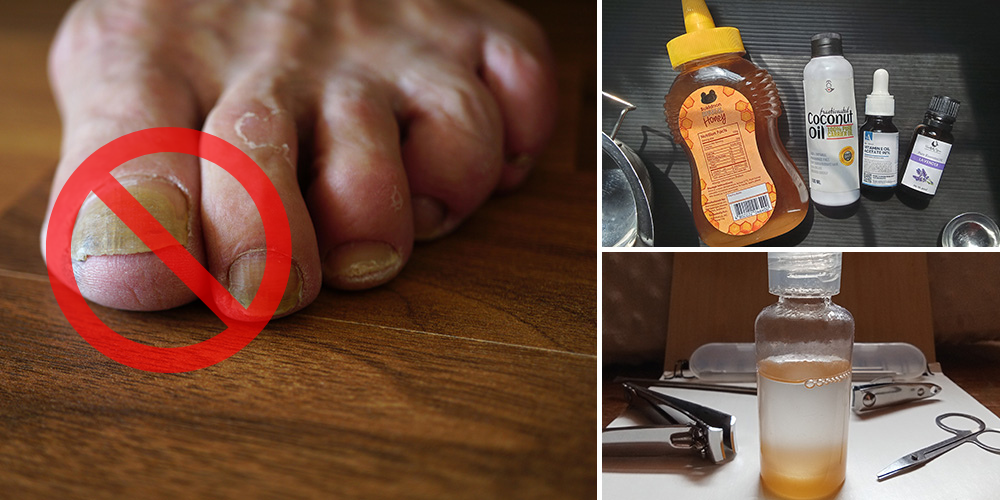
What Your Nails Say About Your Health
Our body has smart ways of communicating its wellness through indicators that we most often miss. The nails, for example, are considered the windows to health that doctors use to assess health problems with accompanying symptoms.
A nail’s color, appearance, texture, size, or shape may change if the body lacks nutrients or suffers from something. Keeping your nails well-groomed and healthy allows it to give a better indicator of your overall health.
Common Nail Issues
Not all nail changes are cause for concern, especially if you do not feel any other symptoms. A fingernail sometimes experiences topical problems like injury or infection due to bacteria and fungi. If you clip your nail too short, it may temporarily cause pain but it is nothing to be worried about.
Here are some nail problems likely associated with an underlying health condition that may warrant a doctor’s consultation.
 Brittle Nails
Brittle Nails
If your line of work exposes your nail to frequent wetting and drying, it will normally cause it to become brittle. Wearing gloves at work and applying lotion may help solve the problem.
Brittle nails may also be a sign of thyroid disorder, psoriasis, diabetes or Raynaud’s disease. Nutritional deficiencies such as iron, zinc and Vitamin B7 may also cause brittle nails.
Nail Clubbing
Nail clubbing is a gradual change in nails where the fingernail becomes bigger and curves around the fingertips. Lung disease, heart problems, liver cirrhosis and gastrointestinal problems are some of its causes.
Spoon Nails
Koilonychia, or spoon nails, is a nail condition where the nails soften and curve up along the edges. It is a common symptom of iron deficiency anemia or hemochromatosis, a liver problem that causes the body to absorb too much iron.
More about this topic can be found in another article I’ve written… ‘Don’t Take Iron Unless…’
 Yellow Nails
Yellow Nails
Yellow nails can be the result of an infection or reaction to a particular product. If the yellowing nails are observed to thicken and grow slower, it may point to a lung disease like chronic bronchitis.
Terry’s Nails
Terry’s nails, a type of apparent leukonychia, is the whitening of the nail bed with a distinct narrow red or pink band at the edges. It is normal with age but may also be associated with systemic conditions like diabetes, liver disease, congestive heart failure, or renal failure.
Your liver plays a crucial role in your overall health. Persistent fatigue, mood swings, and deteriorating skin and nail health can all be warning signs of an overburdened liver.
If left unaddressed, nail issues will be the least of your concerns—your liver’s health is too important to ignore! Help your liver regenerate with a tea containing Dandelion Root, Milk Thistle Seed and Schisandra Berries. I used this as a detox routine last year and everything improved!
Since then I looked for remedies containing these three ingredients, as they really proved useful. And I found them as a Tincture, which is even more powerful than the tea I used to drink. If you want the already-made product, you can get it for the best quality and price here!
Beau’s Lines
If the nail is injured or infected, it may temporarily stop growing and develop grooves across its surface. The grooves may also appear to indicate zinc deficiency, diabetes or peripheral artery disease. Scarlet fever, measles and pneumonia may also cause Beau’s lines, or as a reaction to medications and chemotherapy.
Nail Plate Separation
Nails that separate from the nail bed (onycholysis) is a nail abnormality that occurs when it is injured and infected. Psoriasis, fungal infections, trauma, and reactions to chemicals and nail products can result in nail separation.
Nails also tend to separate if the body lacks iron (anemia) or releases too many hormones (hyperthyroidism).
Ridges and Nail-Splitting
Vertical ridges forming on the nails are not always a cause for concern if no other symptoms accompany it. Onychorrhexis, or nail splitting, is often a cosmetic problem. When it shows up with other symptoms, it might be because of anemia, thyroid disease, heart problems and osteoarthritis.
Lack of folic acid and protein, particularly keratin, may also cause vertical ridges and splitting nails.
 White Spots
White Spots
White spots develop from major trauma and allergic reactions but are sometimes a sign of calcium deficiency. Healthcare providers may examine white spots on the nails if signs of liver and kidney disease are also present.
Ram’s Horn
Ram’s horn is characterized by thick, overgrown nails that are difficult to trim and groom. Ram’s horn is a genetic condition that points to a problem with blood circulation and problems like psoriasis.
Nail Health Chart
Changes in nail color are also signs of an underlying health condition. The color and its associated disease can be:
- Blue nails – deficiency of oxygen in the blood
- White nails – diabetes or liver disease
- Yellow nails – infection or lung disease
- Pale nails – anemia
- Half pink/half white nails – kidney issues
- Red half-moon – lupus or heart problem
- Blue half-moon – poisoning
Here’s the guide where you can find all this information and much, much more about your health conditions and how to manage them.
Caring for the Nails
Nail problems that arise as indicators of health problems are temporary. They tend to get better once the disease is treated. However, there are also instances where they may last longer after treatment or may become permanent.
Grooming and maintaining a healthy nail should not only be done for cosmetic and fashion purposes. It is also necessary to identify changes and seek a prompt diagnosis of a potential health issue.
Here are some ways of improving your nail health:
- Eat a healthy diet to prevent vitamin and nutrient deficiencies.
- Stay hydrated to keep moisture in the skin and nails.
- Trim them regularly to prevent snagging and breaking.
- Minimize the use of harsh chemicals and nail products.
- Moisturize your nails topically to prevent breakage.
- Keep a high level of hygiene using antimicrobial products*
*Now, something I can’t stress enough is using natural care products. Most soaps you buy from your daily store are filled with chemicals and harmful-for-skin compounds. Don’t trust me? Just read the ingredients of the ones you are using right now.
Number one go-to herb to clean your nails, or any wounds really, is Usnea. It has powerful antibiotic, antifungal, antimicrobial, and antiviral properties. You can spray it on your toes and see how it cleanses any fungi or bacteria away.
Do not ignore nail problems, especially those that do not go away after topical treatments and remain even after the nails have grown. Talk to your doctor for an evaluation and assessment of its accompanying symptoms.
Homemade Nail Care Oil Recipe
Practicing good nail grooming prevents fraying, breakage and infection. Cuticle oils and moisturizing products may also be applied to strengthen them and form a protective layer.
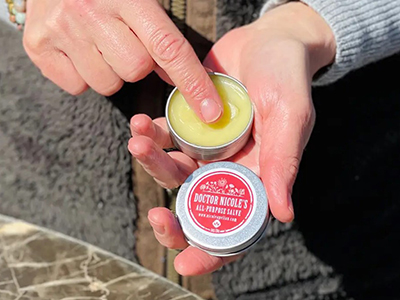 During winter especially, moisturizing your skin should be a top priority to avoid skin cracks caused by cold, especially if the salve you’re using contains healing herbs such as Calendula, Plantain, Vitamin E, and others. You can get it from here.
During winter especially, moisturizing your skin should be a top priority to avoid skin cracks caused by cold, especially if the salve you’re using contains healing herbs such as Calendula, Plantain, Vitamin E, and others. You can get it from here.
You can make this DIY nail care recipe at home to improve the vitality of your nails. The recipe includes common ingredients you can buy online or from local stores. It includes:
- Coconut oil for deep moisturization and hydration
- Honey to prevent fungal and bacterial growth
- Vitamin E for supple nails
- Lavender essential oil for nail strength and damage prevention
 Ingredients:
Ingredients:
- 2 tbsp coconut oil
- ½ tbsp honey
- ½ tsp Vitamin E oil
- 3 drops of lavender essential oil
Steps:
- Warm coconut oil over low heat.
- Remove from heat and mix in honey, Vitamin E, and lavender oil.
- Whisk to blend all the ingredients well.
- Transfer the mixture to the storage jar.
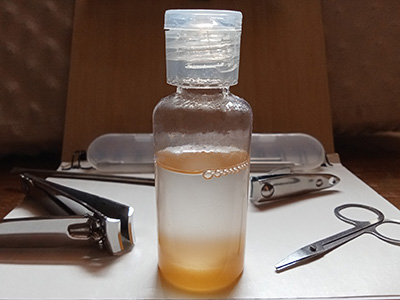 To use:
To use:
Apply the oil generously on the nails and give them a gentle massage. Cover it with cloth gloves or a towel and let it soak for about 10 to 15 minutes. Remove the gloves and use a gentle nail buffer to smoothen the nails.
Shake the bottle well before using.
You may also use this oil to moisturize your entire hand for the best result.
The product is considered safe as a topical but avoid using it if you are allergic to any ingredients on the list.
However, if you don’t have the time, the tools, or the place where you can source your ingredients from, you can purchase the most powerful antibacterial that cleanses your nails from here. It’s made by one of America’s top herbalists, and all the herbs in it are either wild-harvested or organically grown – which not a lot of supplements can claim!
Alternatively, you may use other carrier oils like olive, jojoba, or other carrier oils of choice. Tea tree oil is also a great substitute for lavender oil since it possesses strong antibacterial and antifungal properties.








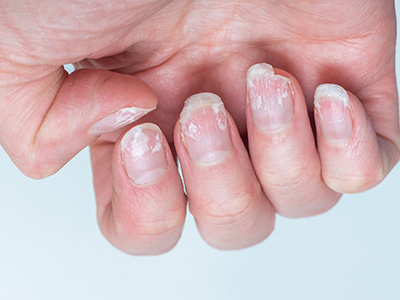 Brittle Nails
Brittle Nails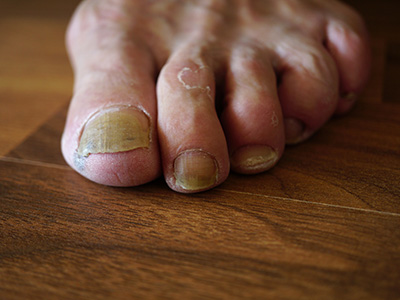 Yellow Nails
Yellow Nails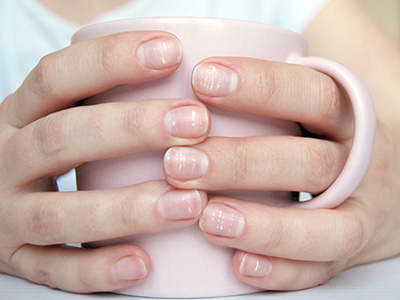 White Spots
White Spots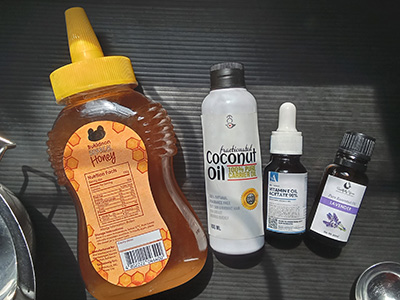 Ingredients:
Ingredients: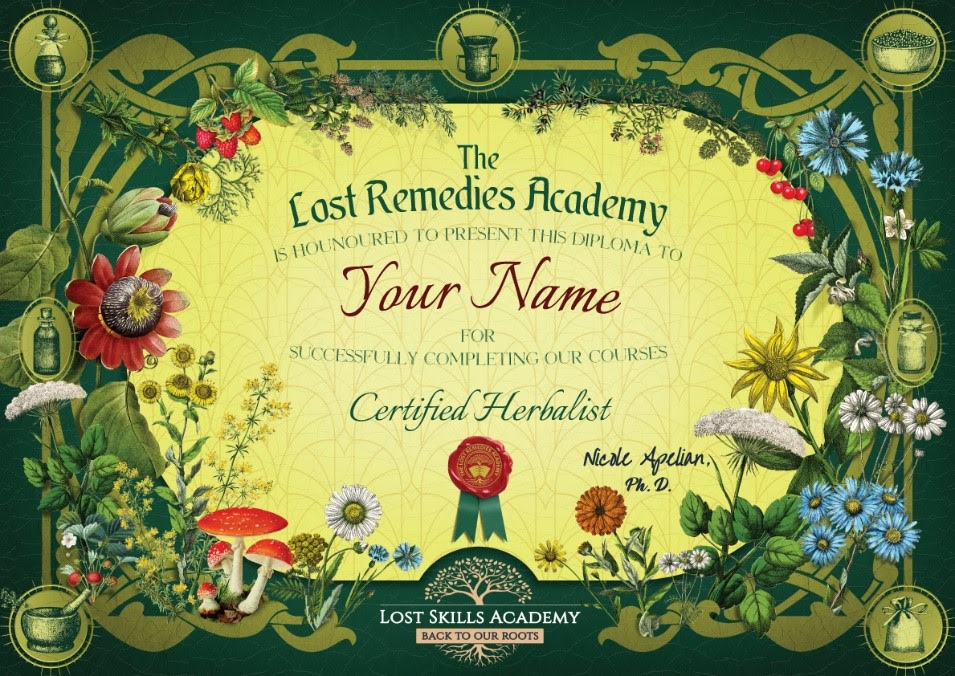
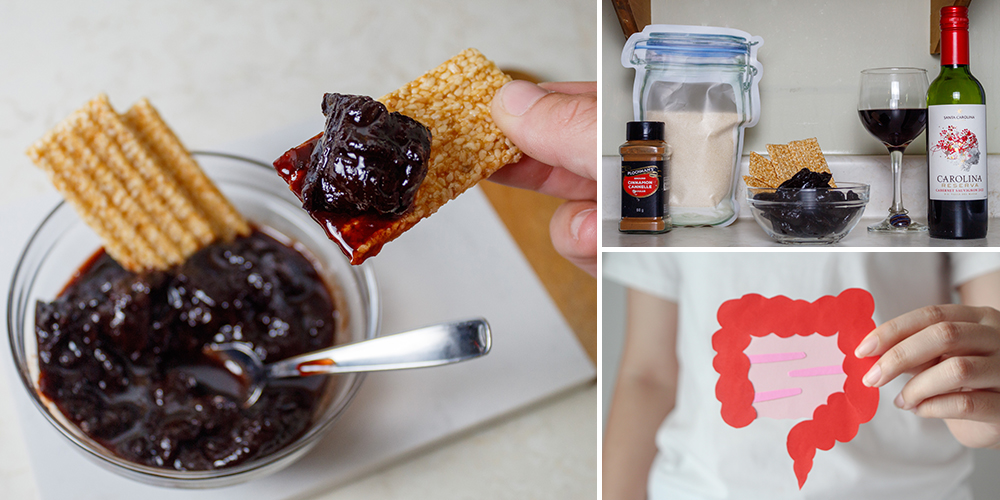
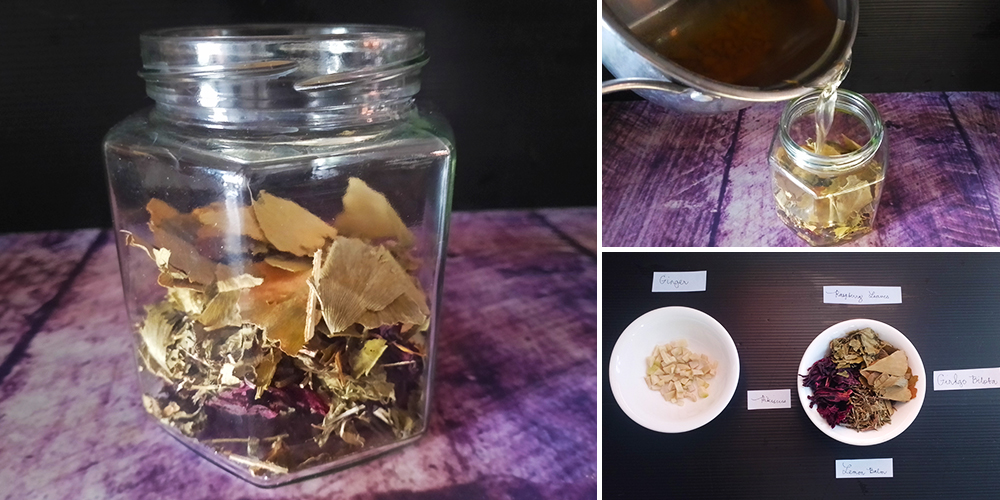
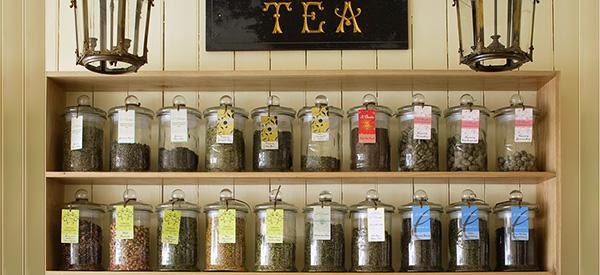
Not a word about collagen ???
Thanks so much for the Nail Outline. Wanted to also add, from my experience and doctors, that vertical ridges in nails when the become more prominent, can and in my case is, a sign of constant and above average Pain.. I have full body CRPS and my pain is constant… Just an FYI….
Hi, I noticed that you didn’t talk about toe fungus. My husband has toe fungus on his left foot. It started out with just the big toenail and spread to the others. In the early days he had his big toenail removed and it took a year to grow out, but the fungus came back. He tried it again a few years later and to no avail.. I feel like it’s an inside job, but the doctors don’t seem to have the answers. Any suggestions?.
Usnea tincture drops (daily after cleaning under the toenail when I got out of the shower) got rid of my toenail fungus.